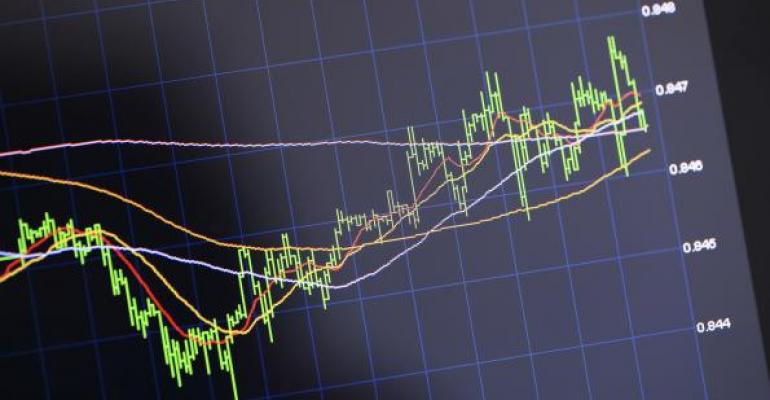My New Year’s resolution for 2018 is to check my calendar more closely. I slipped badly in 2017 when I failed to offer a year-end review of alternative investment ETFs until May. I blamed the delay on last year’s political and financial mishegas. Not that there’s any less of that in 2018; I’m just not going to let it distract me.
So, how’d the alt funds do last year? Here’s this list, ranked by Sharpe ratios:

This table, as in previous years, is built using ETFs we feel are most representative of each exposure. We’re not grading every fund in each category, so we encourage investors and advisors to look at all offerings to determine their individual suitability.
And, as before, we use Sharpe ratios rather than gross returns to rank the funds. This, we feel, puts all these exposures on par. Sharpe ratios represent risk-adjusted returns and are more useful references for portfolio construction.
Looking at the table, you’re likely to first notice how 2016’s lowest-ranked funds were ascendant in 2017. Global macro, proxied by the IQ Hedge Macro Tracker ETF (NYSE MCRO), and the broad-based approach represented by the IQ Hedge Multi-Strategy Tracker ETF (NYSE Arca: QAI) went from the weak to the strong side in 2017, mainly because of their low volatility.
Lower volatility was, in fact, featured across the board in 2017. On average, the standard deviation in monthly returns shrunk by 44 percent last year.
In 2016, two strategies—multifactor and value—beat the broad equity market on a gross return basis. There were no market-beating gains in 2017 though, after risk adjustment, MCRO fund bettered the SPDR S&P 500 ETF’s (NYSE Arca: SPY) Sharpe ratio.
Being uncorrelated to the stock market—the raison d’être of alternative investments—was pretty much a non-starter in 2017. This year’s list was topped by ETFs fairly well aligned with the broad equity market.
With that in mind, you may well wonder how much alpha was earned by the alternative equity ETFs in 2017. The list is fairly short. Seven ETFs are equity-focused; only three produced positive alpha. The ProShares Global Listed Private Equity ETF (BATS: PEX) was top dog with a whopping 19.55 coefficient last year. PEX earned its alpha by investing in companies that provide buyout, venture and growth capital financing in private transactions.
So, who’s likely to top the 2018 list? Well, if history’s any guide, the answer’s likely to be found near the bottom of the 2017 table. Keep your eye on managed futures and inflationary expectations especially.
Brad Zigler is WealthManagement's Alternative Investments Editor. Previously, he was the head of Marketing, Research and Education for the Pacific Exchange's (now NYSE Arca) option market and the iShares complex of exchange traded funds.

